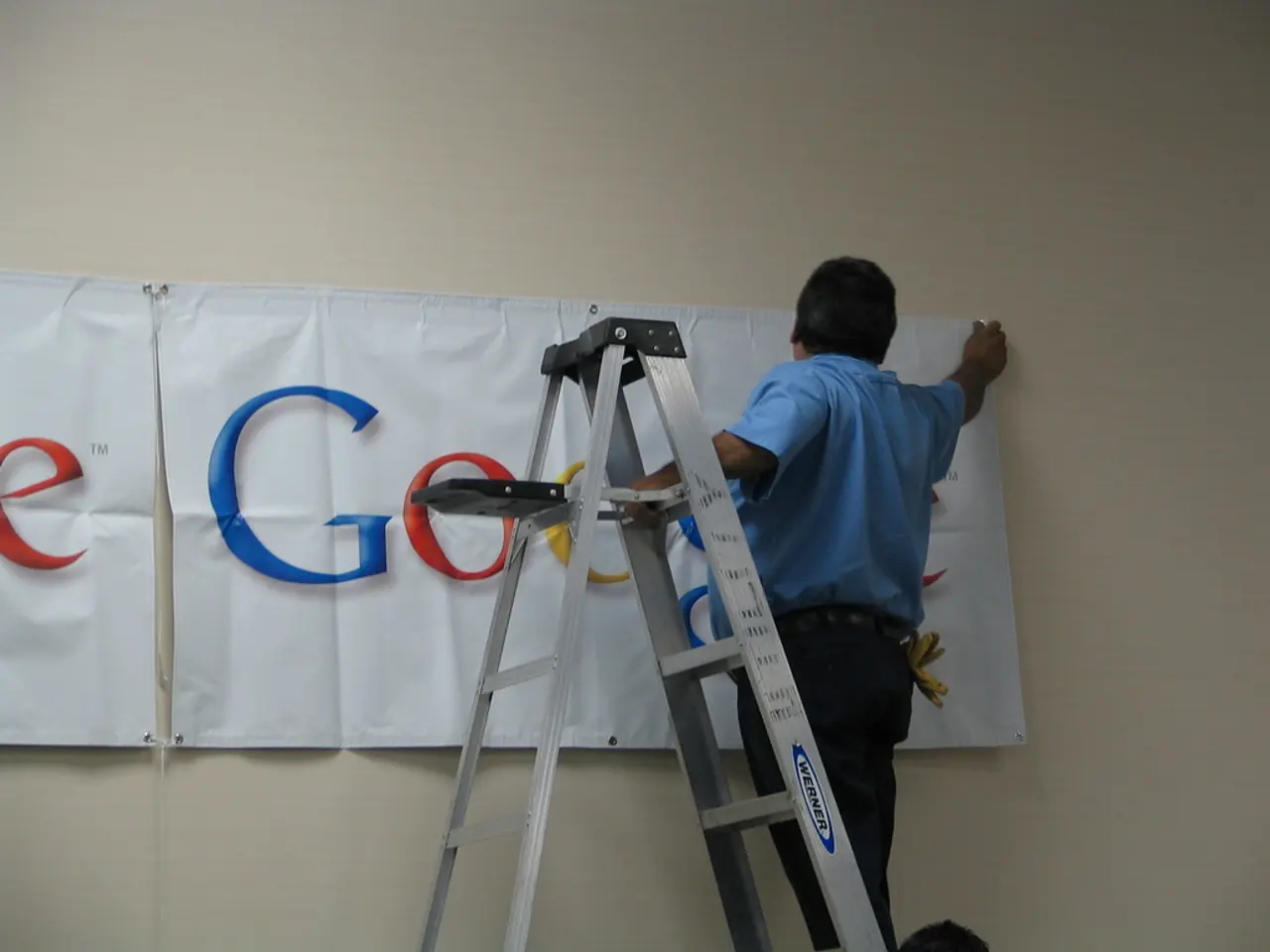Expanding AI application across various domains
In the rapidly evolving world of insurance, many companies are embracing Artificial Intelligence (AI) to streamline their operations and improve efficiency. However, when it comes to Russian insurance giant Ingosstrakh, the picture is less clear.
Despite widespread adoption of AI by insurers globally for automating claims, setting personalised tariffs, and detecting fraud, there is no publicly available detailed information on the current state of AI integration in Ingosstrakh's insurance operations. The latest search results focus primarily on Ingosstrakh's geopolitical context and broader insurance market trends, shedding little light on AI applications within the company's operational systems.
The lack of specific evidence doesn't necessarily mean that Ingosstrakh is lagging behind. It could simply indicate that the company is cautious about disclosing such information. Nevertheless, it leaves many questions unanswered.
The use of AI in insurance isn't without its challenges. For instance, AI may not always achieve 100% accuracy, and the joint work of the AI department and the business is needed to address these issues. AI in chatbots, for example, can provide faster responses to client questions, but may struggle with complex questions or questions it hasn't seen before. The transition to chatbots and automated services may not replace human interaction in 100% of cases, especially for complex queries.
Ingosstrakh ensures the quality and protection of its AI models, but the specific methods remain undisclosed. The company's AI models are trained with various data sets, with more data generally leading to better performance. The quality of the data used to train the models is ensured through data checking for errors and data transformation during model building or after implementation.
The implementation of AI solutions is a significant task for any business. Understanding how, where, and in what format to apply AI is crucial. Developing artificial intelligence is not the whole process; a clear TOR, understanding of how to apply AI, and distribution across the entire task and calculation stream are all essential components.
At the claims stage, graph analytics helps find connections between various counterparties related to a specific loss. This technology could potentially be part of Ingosstrakh's AI arsenal, but without concrete information, it remains speculation.
As we move forward, the insurance industry, including Ingosstrakh, will likely continue to explore the potential of AI. The quest for greater efficiency, personalised service, and fraud detection will drive this exploration, but the journey may be filled with challenges and uncertainties. Only time will tell how Ingosstrakh navigates this digital transformation.
Technology, artificial-intelligence are essential components in the insurance industry's digital transformation. The quest for greater efficiency, personalized service, and fraud detection within Ingosstrakh could involve AI, yet, the lack of specific details makes it unclear if these technologies are currently integrated into their operational systems.




